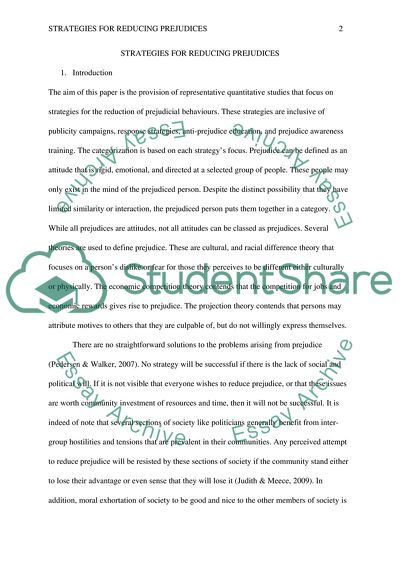Cite this document
(Strategies for Reducing Prejudices Coursework Example | Topics and Well Written Essays - 2250 words, n.d.)
Strategies for Reducing Prejudices Coursework Example | Topics and Well Written Essays - 2250 words. https://studentshare.org/psychology/1773054-statistics-and-behavioral-sciences
Strategies for Reducing Prejudices Coursework Example | Topics and Well Written Essays - 2250 words. https://studentshare.org/psychology/1773054-statistics-and-behavioral-sciences
(Strategies for Reducing Prejudices Coursework Example | Topics and Well Written Essays - 2250 Words)
Strategies for Reducing Prejudices Coursework Example | Topics and Well Written Essays - 2250 Words. https://studentshare.org/psychology/1773054-statistics-and-behavioral-sciences.
Strategies for Reducing Prejudices Coursework Example | Topics and Well Written Essays - 2250 Words. https://studentshare.org/psychology/1773054-statistics-and-behavioral-sciences.
“Strategies for Reducing Prejudices Coursework Example | Topics and Well Written Essays - 2250 Words”. https://studentshare.org/psychology/1773054-statistics-and-behavioral-sciences.


